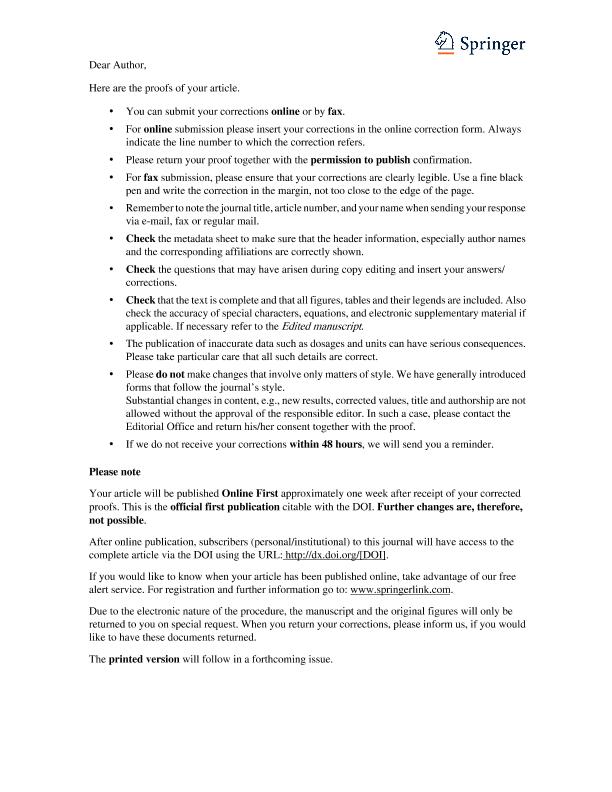Artículo
Exchange of microtubule molecular motors during melanosome transport in Xenopus laevis melanophores is triggered by collisions with intracellular obstacles
Fecha de publicación:
12/2008
Editorial:
Humana Press
Revista:
Cell Biochemistry and Biophysics
ISSN:
1085-9195
Idioma:
Inglés
Tipo de recurso:
Artículo publicado
Clasificación temática:
Resumen
The observation that several cargoes move bidirectionally along microtubules in vivo raised the question regarding how molecular motors with opposed polarity coordinate during transport. In this work, we analyzed the switch of microtubule motors during the transport of melanosomes in Xenopus melanophores by registering trajectories of these organelles moving along microtubules using a fast and precise tracking method. We analyzed in detail the intervals of trajectories showing reversions in the original direction of transport and processive motion in the opposite direction for at least 250 nm. In most of the cases, the speed of the melanosome before the reversion slowly decreases with time approaching zero then, the organelle returns over the same path moving initially at a very high speed and slowing down with time. These results could be explained according to a model in which reversions are triggered by an elastic collision of the cargo with obstacles in the cytosol. This interaction generates a force opposed to the movement of the motor-driven organelle increasing the probability of detaching the active motors from the track. The model can explain reversions in melanosome trajectories as well as other characteristics of in vivo transport along microtubules observed by other authors. Our results suggest that the crowded cytoplasm plays a key role in regulating the coordination of microtubules-dependent motors. © 2008 Humana Press Inc.
Archivos asociados
Licencia
Identificadores
Colecciones
Articulos(IFIBA)
Articulos de INST.DE FISICA DE BUENOS AIRES
Articulos de INST.DE FISICA DE BUENOS AIRES
Citación
Bruno, Luciana; Echarte, Maria Mercedes; Levi, Valeria; Exchange of microtubule molecular motors during melanosome transport in Xenopus laevis melanophores is triggered by collisions with intracellular obstacles; Humana Press; Cell Biochemistry and Biophysics; 52; 3; 12-2008; 191-201
Compartir
Altmétricas




